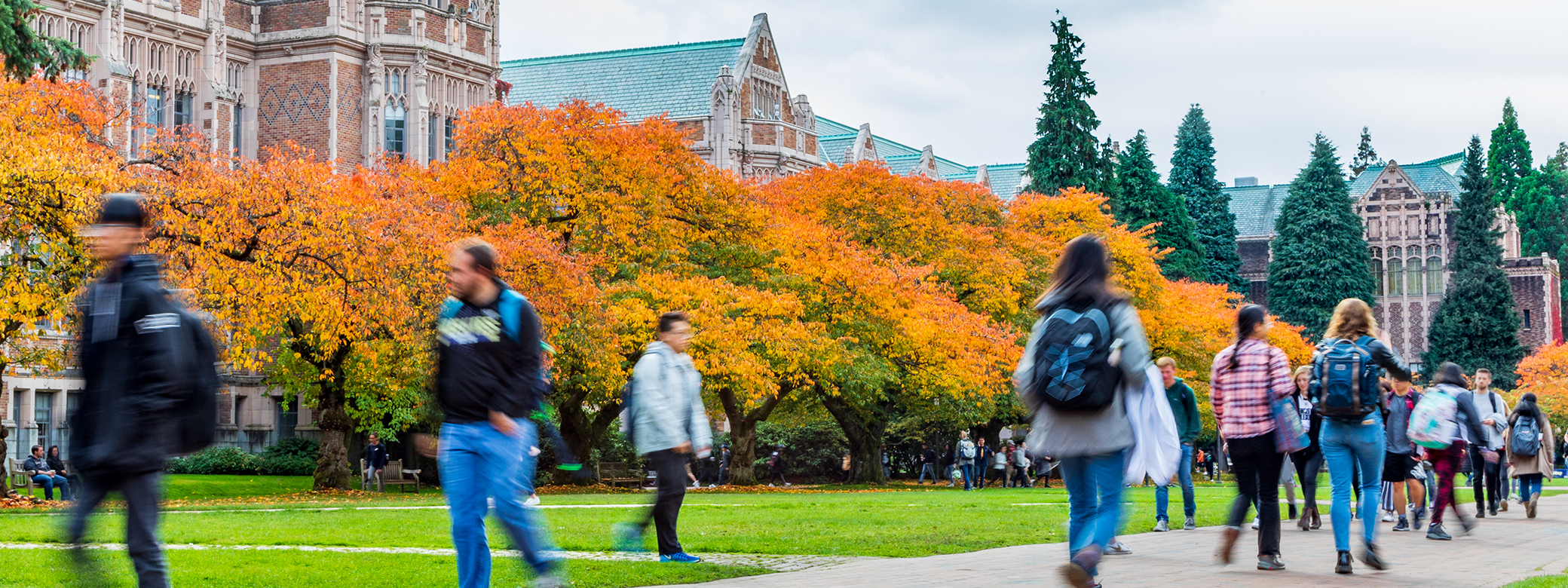-

Can Machines Learn Morality?
UW researchers at the Institute for Learning & Brain Sciences and in the Allen School are exploring the potential for training AI to value altruism.
September 2025 Perspectives -
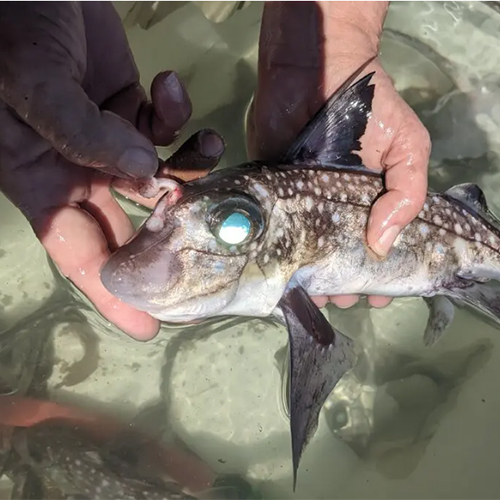
Get to know the ratfish and the forehead teeth it uses during sex
Scientists studied how ratfishes, also known as chimaeras or ghost sharks, ended up with one of evolutions most bizarre appendages. Research by Karly Cohen, a postdoctoral researcher at the University of Washingtons Friday Harbor Labs, is mentioned.
09/08/2025 | The New York Times -
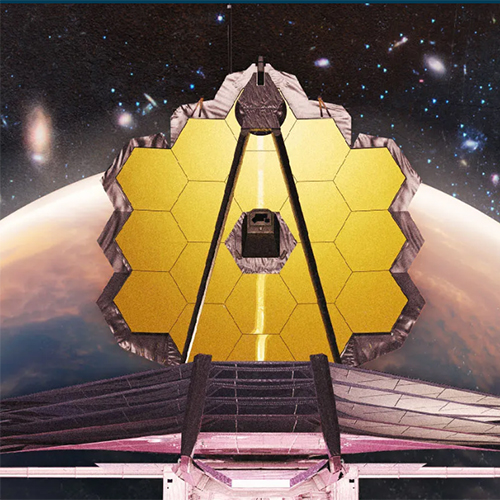
Will the James Webb telescope lead us to alien life? Scientists say we're getting closer than ever
Three years into its mission, the James Webb Space Telescope has advanced the search for alien life more than any machine before it. What will it find next? Victoria Meadows, professor of astronomy at the UW, is quoted.
09/07/2025 | Live Science -
This gloriously weird fish has teeth on its forehead for sex
Researchers have finally traced the origin of the spotted ratfishs bizarre forehead teeth, which are used for mating. Karly Cohen, a UW postdoctoral researcher at the University of Washingtons Friday Harbor Labs, is quoted.09/07/2025 | Scientific American -
Freaky fish uses forehead teeth to latch on while mating
The male spotted ratfish a shark-like fish native to the northeastern Pacific Ocean sports rows of teeth outside of its mouth. Karly Cohen, a postdoctoral researcher at the University of Washingtons Friday Harbor Labs, is quoted.09/07/2025 | Cosmos Magazine -
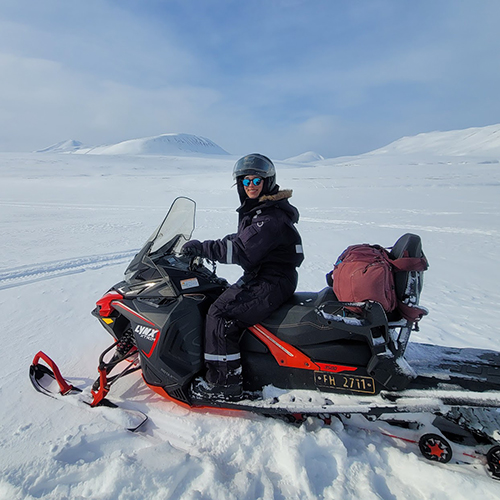
Where in the World is Arts & Sciences?
Arts & Sciences faculty, staff, and students traveled the world this summer to pursue research, study abroad, present at conferences, and more. Check out some of their adventures.
September 2025 Perspectives -
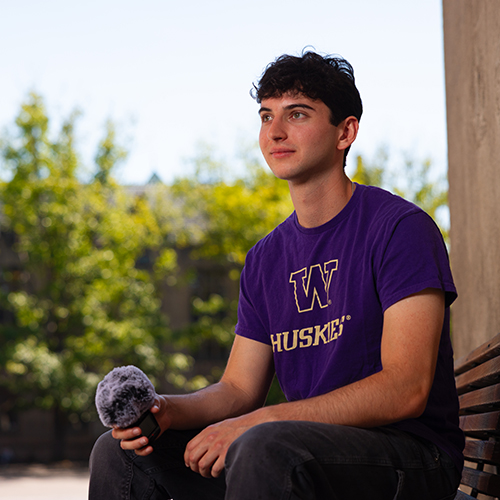
Capturing the Sounds of Campus
With "University of Washington Soundscape," ethnomusicology and international studies major Leo Freedman has created an audio experience of the UW campus.
September 2025 Perspectives -
How much of a threat is satellite warfare?
Technology is blurring the lines between civilian and military satellites. With countries testing anti-satellite weapons, how much of a threat is war in space? Saadia Pekkanen, professor of international studies at the UW, is interviewed.09/05/2025 | BBC World Service -
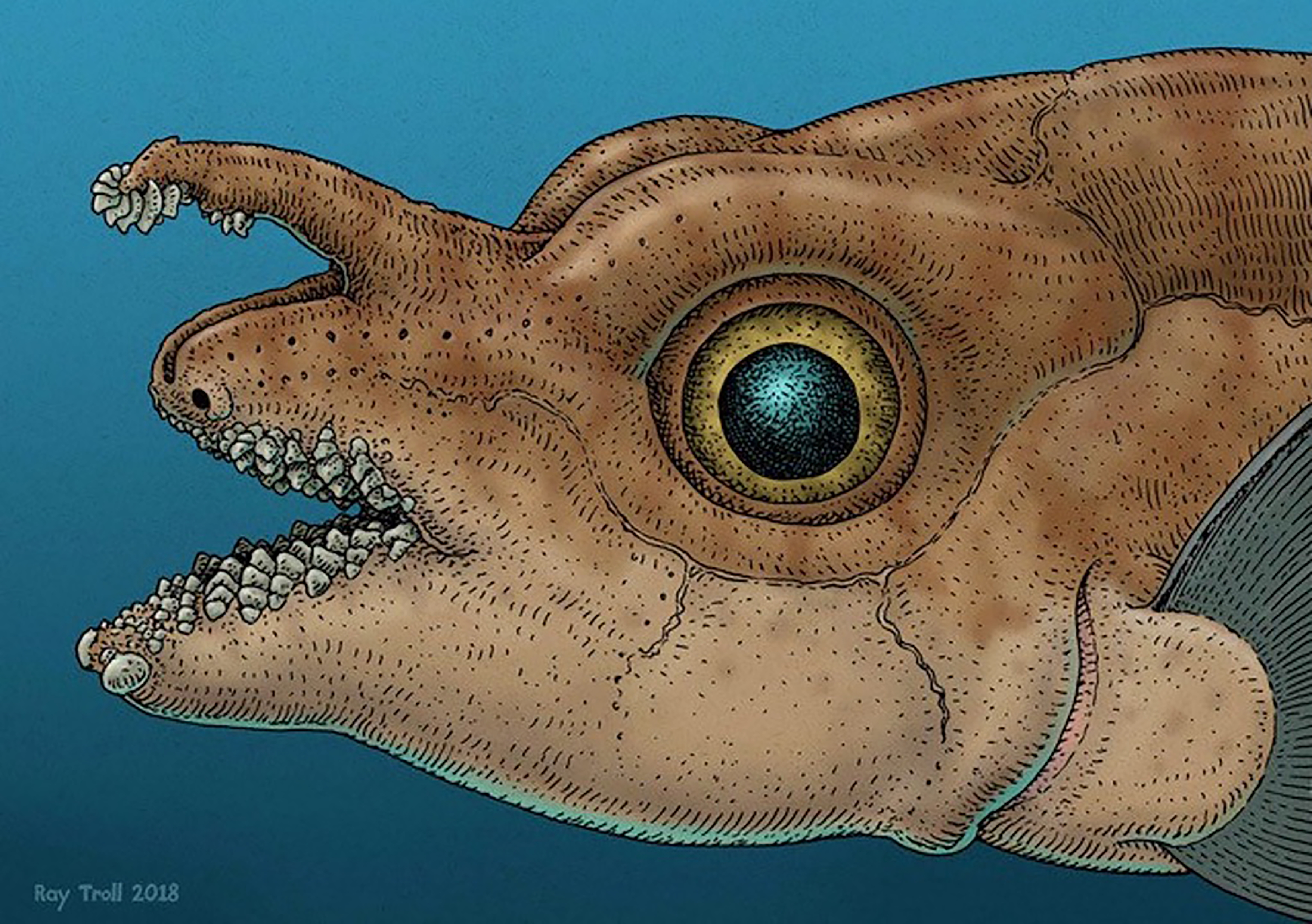
This common fish has an uncommon feature: Forehead teeth, used for mating
New findings call into question one of the core assumptions about teeth. Adult male spotted ratfish, a shark-like species native to the eastern Pacific Ocean, have rows of teeth on top of their heads, lining a cartilaginous appendage called the tenaculum, in addition to those in their jaws. They used their tenaculum teeth to grip females while mating in water.09/04/2025 | UW News -
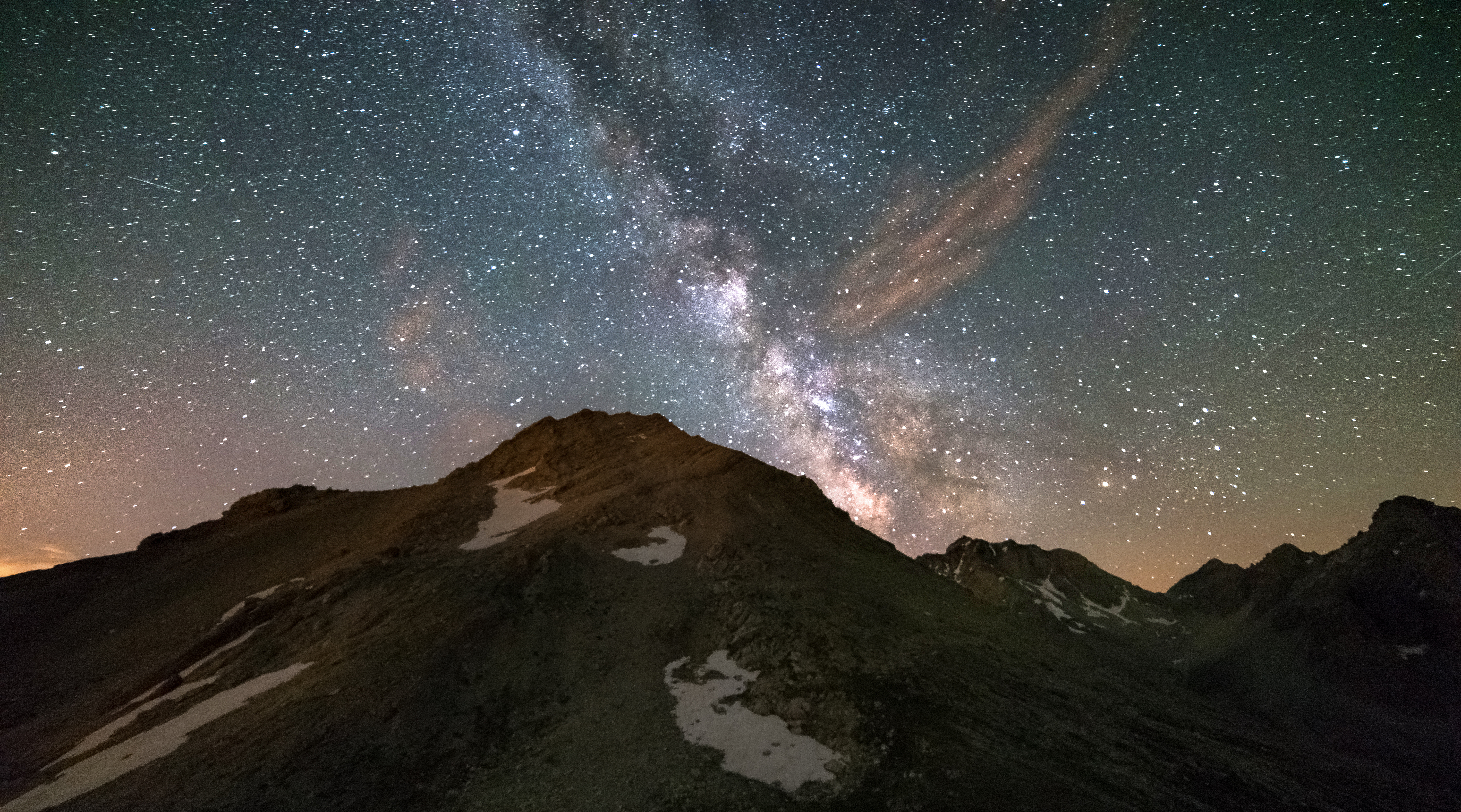
Deep beneath the French Alps, dark matter hunters narrow their search
Physicists have floated numerous theories to explain what dark matter might be, but to date, no experiment has turned up compelling evidence to support any of them. An international team of physicists, including researchers from the UW, is now working on a new kind of dark matter detector with the goal of capturing the first direct observation of the puzzling material. Results from the detectors prototype have already ruled out one of the leading theories of how dark matter originated.09/04/2025 | UW News
